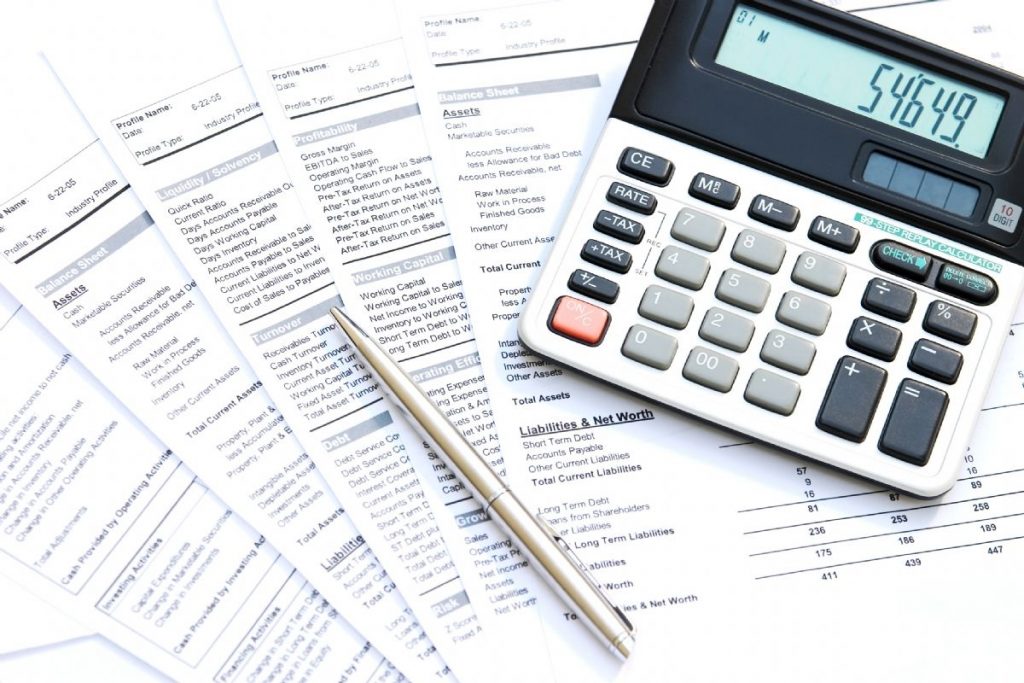Accounting plays a crucial role in the success and transparency of any business. One of the key elements in ensuring accurate financial reporting is the proper recording and compilation of financial data. Whether you’re running a small business or managing large corporate finances, the integrity of your financial records is essential for decision-making, tax filings, and long-term growth. In this article, we will walk you through the process of data recording and compilation in accounting, emphasizing best practices, tools, and the importance of accuracy in each step.
Importance of Accurate Data Recording in Accounting
Accurate financial data recording serves as the backbone of any accounting system. Businesses rely on well-maintained records to evaluate performance, meet legal requirements, and build trust with stakeholders, including investors, customers, and government entities. Without accurate records, a business could face misstatements, fraud, or even penalties.

The process involves capturing and categorizing financial transactions in a systematic way to ensure proper reporting. Proper data recording leads to reliable financial statements, which are essential for both internal and external users. Let’s dive deeper into the process to understand how accurate data recording can be achieved.
Steps in Accurate Data Recording
1. Gather All Financial Documents
Before starting the recording process, it’s crucial to gather all relevant financial documents, such as invoices, receipts, bank statements, payroll records, and any other transaction-related paperwork. These documents serve as the primary source for data entry, ensuring every expense and income is accurately accounted for.
2. Identify the Type of Transaction
The next step is to identify the type of transaction. In accounting, transactions are classified into various categories, such as sales, expenses, assets, liabilities, and equity. Correctly identifying the transaction type ensures it is recorded in the right accounts, preventing errors in the financial records.
For example, sales transactions are recorded as revenue, while expenses related to the operation of the business will fall under the expense category. Accurately categorizing each transaction helps in generating precise financial statements that reflect the business’s true financial health.
3. Enter Data into the Accounting System
After identifying the transaction, it must be entered into an accounting system. This can be done manually using spreadsheets or, more commonly, by using accounting software like QuickBooks, Xero, or FreshBooks. These tools automate much of the recording process, ensuring that data is entered accurately and consistently.
When entering data, it’s crucial to include details such as the date, amount, and relevant account codes. This information helps ensure that transactions are traceable and easily identifiable when reviewing financial statements. Additionally, accounting software often generates reports that help detect errors and provide valuable insights into the business’s financial performance.
4. Ensure Proper Documentation and Backup
Every transaction should be supported by appropriate documentation, whether digital or physical. This includes receipts, bank statements, and contracts. Proper documentation serves as evidence for the transactions recorded, making it easier to conduct audits and resolve discrepancies.
Maintaining backup copies of all records, especially when using digital platforms, is essential to safeguard against data loss. Cloud storage solutions or dedicated servers are commonly used for this purpose.
Compilation of Financial Data: Consolidating Information for Reporting
Once data has been accurately recorded, the next step is compiling it for financial reporting. Compilation involves organizing all financial transactions into a comprehensive format, allowing the business to create reports like the balance sheet, income statement, and cash flow statement.
1. Use a Chart of Accounts
To ensure accurate data compilation, businesses rely on a chart of accounts, which is a structured list of all accounts used in the company’s accounting system. This chart helps categorize transactions into specific areas, such as assets, liabilities, income, and expenses. It also ensures consistency in reporting.
By organizing financial data according to the chart of accounts, businesses can easily compile transaction details into larger categories for clearer reporting.
2. Reconcile Bank Statements
Reconciliation is a vital step in compiling financial data. Bank reconciliation involves comparing the transactions recorded in the accounting system with those listed on the bank statement. Any discrepancies between the two must be identified and corrected to ensure the accuracy of the financial data.
Regular reconciliation helps prevent fraud and errors, as it ensures that each transaction is accounted for properly. Additionally, reconciling accounts on a monthly basis provides an up-to-date view of the business’s financial standing.
3. Generate Financial Reports
Once the data has been recorded and reconciled, the next step is generating financial reports. The primary reports in accounting are:
- Balance Sheet: Shows the company’s assets, liabilities, and equity at a specific point in time.
- Income Statement: Summarizes the company’s revenues and expenses, showing the net profit or loss over a period.
- Cash Flow Statement: Tracks the flow of cash in and out of the business, including operating, investing, and financing activities.
These reports offer valuable insights into the financial health of the business, enabling owners, managers, and investors to make informed decisions.
4. Review and Adjust Entries
After generating the reports, a thorough review should be conducted. This process involves checking for errors, inconsistencies, or missing data. If discrepancies are found, adjustments must be made. Common adjustments include depreciation, accruals, or inventory corrections.
Ensuring that financial data is thoroughly reviewed before final reporting is essential in maintaining the accuracy and reliability of the information presented.
Best Practices for Ensuring Accurate Data Recording and Compilation

1. Maintain Consistency in Record-Keeping
Consistency is key to ensuring that financial data is recorded and compiled accurately. By sticking to a standardized process, whether manually or with accounting software, businesses can ensure that every transaction is handled similarly. Consistent practices lead to fewer errors and faster reporting.
2. Regular Audits and Reviews
Regular internal and external audits help identify discrepancies and maintain the integrity of financial data. Audits not only ensure accuracy but also help detect fraudulent activities and ensure compliance with tax laws. Internal reviews, conducted by management or accounting teams, can also help catch mistakes early.
3. Training and Education
Proper training is essential for accounting teams to understand the process of data recording and compilation. Continuous learning about new accounting standards, regulations, and software updates ensures that businesses are always on top of best practices.
4. Use Reliable Accounting Software
The right accounting software can simplify the entire process of data recording and reporting. Tools like QuickBooks, Xero, and Zoho Books automate much of the work, reducing the risk of human error and ensuring that financial data is accurately recorded in real-time.
5. Stay Organized
Organization is critical in accounting. Keeping documents and records well-organized, whether physically or digitally, allows for easy access and retrieval when needed. Regularly backing up important data and keeping files structured in a logical manner also contributes to the smooth compilation of financial records.
Conclusion
Accurate data recording and compilation are essential aspects of accounting that cannot be overlooked. These processes provide businesses with the foundation needed to prepare reliable financial reports and make informed decisions. By following best practices such as using accounting software, maintaining consistency, and conducting regular reviews, businesses can ensure that their financial records are accurate, transparent, and up-to-date.
Investing in accurate data recording and compilation not only helps in compliance with financial regulations but also ensures long-term business success. Whether you’re a small business owner or part of a larger corporation, mastering these processes is a step toward financial clarity and operational efficiency.

Leave a Reply